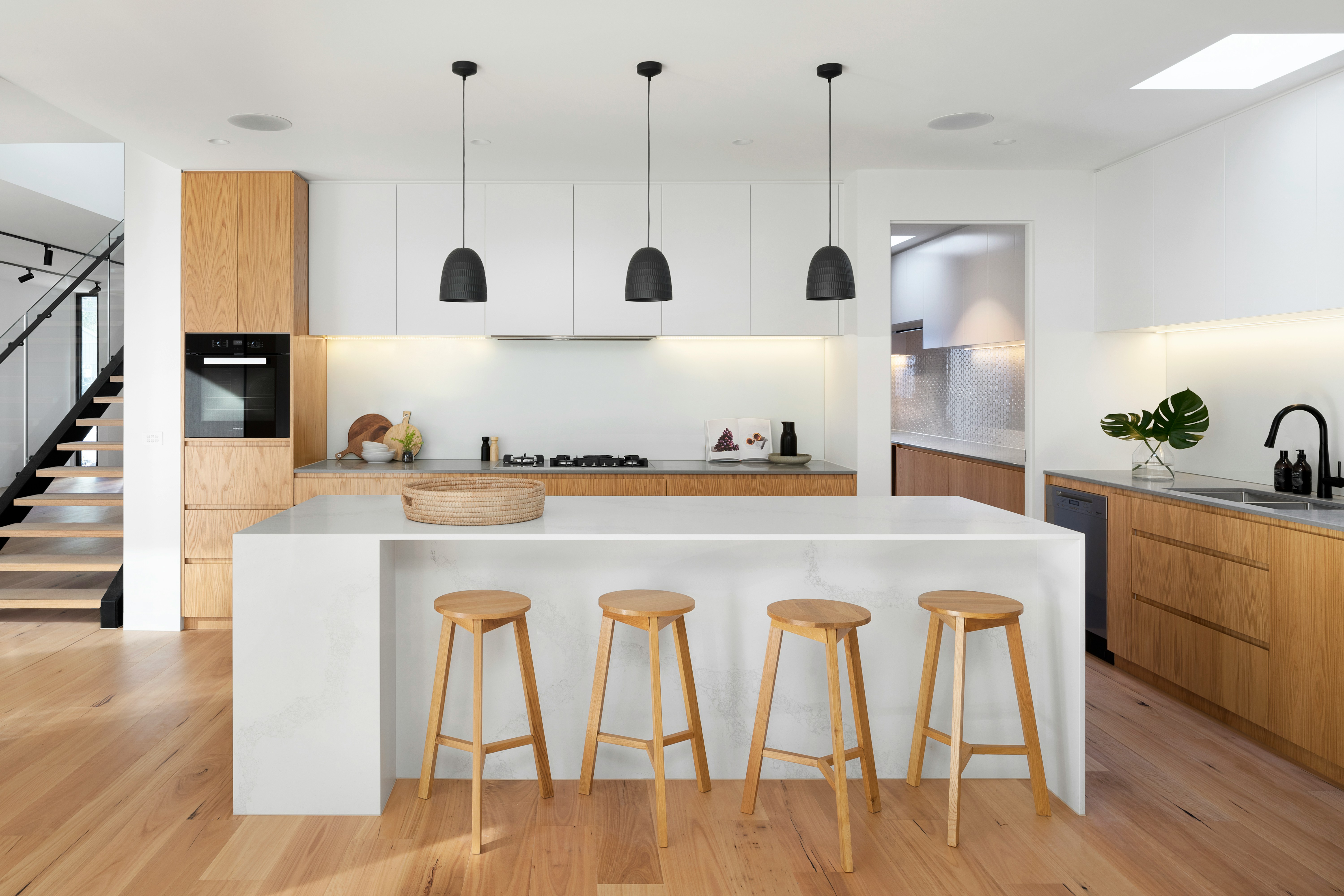
Understanding the Role of Textures in Interior Design

Marc Dion
-
Jul 18
-
When it comes to interior design, most people consider color, form, and light as the main components. However, there's another element that can significantly impact the feel and look of a space: texture. Understanding the role of texture in interior design is crucial to creating an aesthetically pleasing and comfortable environment.
Texture refers to the surface quality of an object that can be seen or felt. Textures can be either tactile (physical and touchable) or visual (perceived by the eye). It can be found in fabrics, furniture, accessories, lighting, architecture, and even certain types of paint. It can create a sense of depth, provide visual weight, and contribute to the functionality and comfort of a space.
In interior design, texture plays a vital role in how a room feels and how it is perceived. For instance, smooth and glossy textures reflect more light and hence make a space look larger. On the other hand, rough textures absorb light and give a room a cozier and compact feel.
Texture also contributes to the overall mood of the room. Rough textures are likely to make a space feel intimate and grounded while smooth textures bring a sleeker more aloof tone to the room.
When using texture in interior design, balance is key. Too much of the same texture can make a room feel monotonous and dull, while too many different textures can create visual chaos. The goal is to create a balanced mix that appeals to the eye and creates an engaging interior.
One common method designers use to achieve this balance is by mixing textures. For example, pairing a sleek leather sofa with a soft, plush rug can create a balanced look. Similarly, combining rough wooden elements with smooth, shiny surfaces can create a dynamic and visually interesting interior.
Another way to use texture in design is through layering. Layering different textures can give a room depth and richness. For instance, a bed layered with a silky duvet, a soft blanket, and a few textured throw pillows looks cozy and inviting.
In conclusion, texture is an often overlooked but essential component of interior design. It can influence the mood, visual weight, and overall aesthetic of a room. By understanding and effectively using texture, you can create an engaging and comfortable space that appeals to the senses.
Marc of-all-Trades, your home improvement partner.
Contact us today for a free consultation and estimate. Whether it's a small renovation or a complete home transformation, we are eager to work with you.